Introduction
The automotive industry faces growing pressure to improve vehicle efficiency while reducing environmental impact. This guide explores the synergistic potential of combining vehicle weight reduction through advanced materials with natural gas hybrid systems. The goal is to provide engineers with a detailed and practical roadmap, incorporating the latest advancements in materials science, hybrid technologies, and vehicle design.
The Case for Weight Reduction
Reducing vehicle weight is a fundamental principle for improving fuel efficiency. Lighter vehicles require less energy to accelerate and maintain speed, which directly translates to lower fuel consumption. The following sections provide a comprehensive approach to achieving significant weight reduction without compromising safety and performance.
1. Advanced Materials
- Utilizing Cutting-Edge Materials:
- Carbon Fiber Reinforced Polymers (CFRP): Leveraging 3D printing technologies with high-strength, lightweight materials like CFRP offers significant weight reduction potential. Studies indicate that CFRP components can be 40-60% lighter than equivalent steel components. However, achieving these reductions while maintaining structural integrity and crash safety standards requires advanced design, testing methodologies, and consideration of costs.
- PPA-CF (Polyphthalamide Carbon Fiber): This material offers metal-like toughness with plastic-like weight, making it suitable for high-stress automotive applications, such as suspension components or engine mounts. Its heat resistance and strength are particularly advantageous in extreme environments.
- Advanced Nylon Composites: High-performance nylons, particularly those reinforced with glass fiber or carbon fiber, provide a compelling alternative to CFRP. These materials balance strength, weight savings, and cost-effectiveness, with some formulations demonstrating 30-50% weight reductions compared to steel.
- Manufacturing and Cost Considerations:
- Economies of Scale: The high cost of CFRP remains a barrier to widespread adoption. However, ongoing research into more cost-effective manufacturing processes, such as additive manufacturing (3D printing) and advanced molding techniques, and the development of alternative lightweight materials like advanced high-strength steel and aluminum alloys, offer promising avenues for economic viability.
- Cost-Benefit Analysis: It is crucial to conduct a cost-benefit analysis to determine if the fuel savings over the vehicle’s lifecycle justify the initial investment in advanced materials. Exploring economies of scale and potential reductions in material costs over time will be necessary.
- Heat and Structural Integrity Testing:
- Material Testing: All materials must undergo rigorous thermal and mechanical testing to ensure they can withstand the operational stresses and temperatures typical of automotive applications. Finite element analysis (FEA) and crash simulations are essential to validate the structural integrity of materials like CFRP and PPA-CF under various crash scenarios.
Potential of Natural Gas Hybrid Systems
Natural gas, specifically compressed natural gas (CNG), presents a cleaner-burning alternative to gasoline and diesel, producing 20-30% fewer greenhouse gas emissions per unit of energy. The following sections outline the integration of CNG hybrid systems into vehicle design, focusing on maximizing efficiency through advanced engineering techniques.
1. Hybrid System Configuration
- Parallel Hybrid System:
- System Design: A parallel hybrid system is well-suited for a CNG vehicle. In this configuration, a CNG engine is coupled with an electric motor and battery pack. The electric motor provides additional power during acceleration and can propel the vehicle at low speeds, further enhancing efficiency.
- Battery Technology: Investing in advanced battery technologies, such as solid-state or lithium-sulfur batteries, is crucial. These batteries offer higher energy densities and safety over traditional lithium-ion batteries, which is particularly important in optimizing the overall vehicle weight.
- Engine and Hybrid System Optimization:
- Engine Configuration: For smaller vehicles, a 2-cylinder CNG engine optimized for efficiency may suffice. For larger vehicles or those requiring more power, a 4-cylinder engine with cylinder deactivation and turbocharging technology should be considered. This configuration allows the vehicle to switch between higher and lower power modes based on demand, optimizing fuel efficiency.
- Electric Motor and Regenerative Braking: Aggressive regenerative braking systems should be integrated, potentially using supercapacitors to capture and release energy quickly, thereby improving overall system efficiency.
- Thermal Management:
- Cooling Systems: Developing advanced cooling systems to manage the thermal load of both the CNG engine and the hybrid system is crucial for maintaining performance and extending component life. This includes the integration of advanced heat exchangers and thermal management strategies.
Efficiency Improvements: A Realistic Assessment
While both weight reduction and CNG hybrid systems offer efficiency gains individually, estimating the combined effect requires a nuanced approach. The following sections provide a detailed analysis, incorporating real-world factors and advanced modeling techniques.
1. Synergistic Effects and Diminishing Returns
- Synergistic Gains: Weight reduction amplifies the benefits of CNG by requiring less energy to achieve the same performance. However, as vehicle weight decreases, the impact of further reduction on fuel economy becomes less pronounced.
- Real-World Testing: Extensive real-world testing under various driving conditions is essential to validate theoretical efficiency gains. Simulations using Monte Carlo methods can help account for variability in driving conditions, material properties, and component performance.
- Diminishing Returns: The impact of weight reduction on fuel economy plateaus as extreme levels are reached. The added weight of hybrid components and the need for a robust vehicle structure may offset some of these gains.
2. Fuel Efficiency Impact of Weight Reduction
The relationship between weight reduction and fuel efficiency is generally estimated to be a 3-7% improvement in fuel economy per 10% reduction in vehicle weight.
- Weight Reduction Goals:
- 25% Weight Reduction: Target weight = 1,500 kg * 0.75 = 1,125 kg, with an expected fuel economy improvement of 7.5% to 17.5%.
- 40% Weight Reduction: Target weight = 1,500 kg * 0.60 = 900 kg, with an expected fuel economy improvement of 12% to 28%.
- 60% Weight Reduction: Target weight = 1,500 kg * 0.40 = 600 kg, with an expected fuel economy improvement of 18% to 42%.
3. Impact of CNG Hybrid System on Fuel Efficiency
- Fuel Efficiency Improvement from CNG: Assuming efficiency gains mirror the 20-30% reduction in greenhouse gas emissions, the CNG engine could achieve a 15-20% improvement over a conventional gasoline engine.
- Impact of HEV System:
- Hybrid System Efficiency: Incorporating a well-optimized HEV system, including regenerative braking and electric motor assist, could contribute an additional 20-25% improvement in fuel economy.
- Battery Weight Consideration: An HEV battery is significantly smaller than a typical EV battery (50-100 kg vs. 400-600 kg), further enhancing fuel efficiency by reducing overall vehicle weight.
Combined Efficiency Estimates
Combining the effects of weight reduction, CNG, and the hybrid system:
- Conservative Estimate (25% Weight Reduction + CNG + HEV):
- Weight reduction: 7.5% to 17.5% improvement
- CNG engine: 15-20% improvement
- Hybrid system: 20-25% improvement
- Total Combined Efficiency Gain:
- Lower bound = 7.5% + 15% + 20% = 42.5%
- Upper bound = 17.5% + 20% + 25% = 62.5%
- Moderate Estimate (40% Weight Reduction + CNG + HEV):
- Weight reduction: 12% to 28% improvement
- CNG engine: 15-20% improvement
- Hybrid system: 20-25% improvement
- Total Combined Efficiency Gain:
- Lower bound = 12% + 15% + 20% = 47%
- Upper bound = 28% + 20% + 25% = 73%
- Optimistic Estimate (60% Weight Reduction + CNG + HEV):
- Weight reduction: 18% to 42% improvement
- CNG engine: 15-20% improvement
- Hybrid system: 20-25% improvement
- Total Combined Efficiency Gain:
- Lower bound = 18% + 15% + 20% = 53%
- Upper bound = 42% + 20% + 25% = 87%
Consideration of Diminishing Returns
Given that fuel efficiency improvements are not perfectly additive, and considering diminishing returns:
- Adjusted Conservative Estimate: A 30-40% overall improvement is realistic.
- Adjusted Moderate Estimate: A 45-60% improvement is plausible.
- Adjusted Optimistic Estimate: Reaching up to 50-70% improvement under ideal conditions with advanced materials and an optimized hybrid system is possible but challenging.
Conclusion
The combined use of advanced materials for weight reduction and optimized natural gas hybrid systems presents substantial potential for enhancing vehicle efficiency and reducing environmental impact. The inclusion of lighter HEV battery packs further enhances these gains. However, actual efficiency gains will depend on the specific materials, technologies used, and real-world driving conditions.
Recycling Considerations
Actionable Recommendations
- North American Corporations:
- Innovation Leadership: Lead the charge in sustainable transportation by developing next-generation CNG hybrid systems. Prioritize lightweight engine design, sophisticated engineering, and integration of advanced battery technologies for maximum efficiency.
- Material Integration: Invest in R&D for integrating new materials like PPA-CF and graphene-enhanced plastics into mass production, combining metal-like toughness with plastic-like weight.
- North American Governments:
- Infrastructure Investment: Demonstrate leadership in the fight against climate change by investing in robust CNG refueling infrastructure, accelerating the adoption of cleaner CNG vehicles.
- Support R&D: Provide incentives and funding for research into advanced materials and hybrid technologies, ensuring that North American companies remain at the forefront of automotive innovation.
Invitation for Develop Knowledge!
Note: The estimates in this article are approximations. We encourage collaboration from governments like Alberta, Qntario, Quebec and companies like Bombardier, experts in the field to refine these numbers. If you have the expertise, feel free to dive into the calculations, conduct experiments, and share your findings with us. We might even update the article with your contributions!
Recycling advanced materials like Carbon Fiber Reinforced Polymers (CFRP), Polyphthalamide Carbon Fiber (PPA-CF), and advanced nylon composites presents challenges, but it is possible and essential to consider recycling methods to minimize environmental impact.
Recycling of Carbon Fiber Reinforced Polymers (CFRP)
CFRP is challenging to recycle because of its composite nature, where carbon fibers are embedded in a polymer matrix. Traditional recycling methods like shredding and burning are not suitable for CFRP due to the high value of carbon fibers and the difficulty in separating them from the matrix. However, there are some advanced recycling techniques available:
- Mechanical Recycling: This involves grinding the CFRP into small particles. The resulting material, while not as strong as virgin CFRP, can be used as a filler in new composites or in less demanding applications. However, this method often results in a significant loss of the mechanical properties of the carbon fibers.
- Thermal Recycling (Pyrolysis): Pyrolysis involves heating the CFRP in the absence of oxygen, breaking down the polymer matrix and leaving behind the carbon fibers. The recovered fibers can retain much of their strength and can be reused in new composite materials. However, this process can be energy-intensive.
- Chemical Recycling: Chemical recycling processes, such as solvolysis, use solvents to break down the polymer matrix and separate it from the carbon fibers. This method can produce high-quality recycled carbon fibers, but it is still under development and not widely implemented.
- Reusing CFRP Waste: Another approach is to use CFRP waste in new applications without fully recycling it. For example, cut-offs and manufacturing scrap can be used in products that do not require long carbon fibers, like in non-structural automotive components.
Recycling of Polyphthalamide Carbon Fiber (PPA-CF)
PPA-CF, like CFRP, is challenging to recycle due to the composite structure. However, the recycling methods are somewhat similar:
- Mechanical Recycling: PPA-CF can be mechanically recycled by grinding the material into smaller particles. These particles can then be used as filler materials in new composites, although the performance might not match that of virgin material.
- Thermal and Chemical Recycling: These methods are still being researched for PPA-CF. Pyrolysis and chemical recycling could be adapted to recover carbon fibers from PPA, but more research and development are needed to make these processes viable and cost-effective.
Recycling of Advanced Nylon Composites
Nylon composites, particularly those reinforced with glass fiber or carbon fiber, are easier to recycle than CFRP and PPA-CF:
- Mechanical Recycling: Nylon composites can be mechanically recycled by grinding them into pellets, which can be re-melted and re-formed into new products. The presence of glass or carbon fiber in the composite can complicate the recycling process, but it is still feasible.
- Chemical Recycling: Nylon composites can undergo chemical recycling, where the polymer is depolymerized back into its monomers. These monomers can then be purified and re-polymerized into new nylon. This process is more energy-intensive but can produce high-quality recycled nylon.
- Reprocessing: Nylon composites can sometimes be reprocessed and reused in lower-grade applications, depending on the extent of degradation and contamination.
Environmental Considerations
- Energy Consumption: Recycling advanced materials often requires significant energy, particularly with processes like pyrolysis and chemical recycling. This energy consumption needs to be balanced against the environmental benefits of recycling.
- Material Loss: Some recycling methods result in a loss of material properties, which may require blending with virgin materials to achieve the desired performance in new products.
- Life Cycle Assessment (LCA): It’s crucial to conduct a life cycle assessment to evaluate the environmental impact of using and recycling these materials. This assessment should consider factors like energy consumption, emissions, and waste generation throughout the material’s lifecycle.
Conclusion
While recycling advanced materials like CFRP, PPA-CF, and advanced nylon composites is challenging, it is feasible and necessary to minimize their environmental impact. Advances in recycling technologies are making it increasingly possible to recover valuable fibers and polymers from these composites, reducing the need for virgin materials and the associated environmental costs. For engineers and manufacturers, integrating recycling considerations into the design and production processes is essential to achieving more sustainable and environmentally friendly vehicles.
Other Strategic Advantages of Ultra-Light Nat Gas HEV Vehicle Systems
- Enhanced AI Safety Features
In the event of an AI system compromise, these vehicles are equipped with a manual operation mode. The natural gas engine offers a reliable alternative, increasing safety and control when digital systems may be vulnerable. - Preparedness for Military EMP Threats
The robustness of Nat Gas HEVs extends to electromagnetic pulse (EMP) resilience. Unlike purely electric vehicles, these hybrids can be swiftly outfitted with EMP protection kits, such as those from DEFCON Vehicle Kits or EMP Shield, for $500 to $1000. These kits effectively shield vital components, ensuring functionality in the aftermath of EMP strikes—a critical advantage in maintaining operational continuity in conflict scenarios. - Redundancy and Reliability in Remote Operations
For adventurers and those in rural areas, the dual-drive system of Nat Gas HEVs provides an essential safety net. If the electric drive system is compromised, the natural gas engine can independently power the vehicle, ensuring a safe return from even the most remote locations. - Grid Independence During Outages
Natural gas HEVs are uniquely positioned to operate independently of the electric grid. In scenarios where grid power is unavailable, these vehicles can continue to function effectively using natural gas, providing a significant advantage in grid-down situations. - Economic and Energy Sovereignty
By leveraging domestically produced natural gas, Canada can enhance its energy independence and economic stability. The adoption of Nat Gas HEVs not only supports local industries but also positions the country as a leader in sustainable energy innovations, potentially transforming it into a net exporter of both technology and natural gas.
Useful Note to Transport Providers:
-
North American Corporations:Seize the opportunity to lead in sustainable transportation by developing next-generation CNG hybrid systems. Prioritize lightweight engine design and sophisticated engineering to optimize engine performance, electric motor assist, battery size, and regenerative braking for maximum efficiency.
-
North American Governments: Demonstrate leadership in the fight against climate change by investing in a robust CNG refueling infrastructure. This crucial step will accelerate the adoption of cleaner CNG vehicles and pave the way for a more sustainable transportation future. Let’s save oil for another time, maybe to use it to build a fleet of star-ships instead of daily driving to the grocery store for apples. Oil is valuable. Don’t waste it like you do guys.
Rebel News Canada
@RebelNews_CA Environment Minister Steven Guilbeault has mandated that 60% of all new passenger vehicles sold by 2030 must be electric. The cost of electric vehicles would need to plummet by 31% to meet his unrealistic sales targets. READ by @SheilaGunnReid https://www.rebelnews.com/guilbeault_s_electric_car_fantasy_canadians_face_billions_in_new_costs

Related Content:
Title: “Towards a Sustainable Future: Integrating Hydrogen, CNG, and Electric Vehicles in Modern Transportation” https://x.com/SkillsGapTrain/status/1818158056431141236
Report: “Economic Impact of Blocking Resource and Energy Sectors in Canada” https://x.com/SkillsGapTrain/status/1813138214078619961
Title: “Prime Minister Trudeau, Chrystia Freeland, and Steven Guilbeault are destroying the environment and the economy, not right away for the environment aspect, but as a long term function.” https://x.com/SkillsGapTrain/status/1809288363792314658
Title: “Chevrolet Corvette Stingray: A Marvel in Supercar Engineering” https://x.com/SkillsGapTrain/status/1778659736382062934
Title: “Given the beautiful, sunny weather we’ve been having, we had an idea and a thought about the upcoming meeting with PM Trudeau and Premiers regarding carbon pricing.” https://x.com/SkillsGapTrain/status/1778625728088514738
Title: “Misguided Climate Policies or Strategic Economic Sabotage? Analyzing the Impact on Canada’s Economic and Environmental Future” https://x.com/SkillsGapTrain/status/1799716240287571985
Title: “Red Tape and Red Rust: Unmasking Canada’s Mismanagement Crisis” https://x.com/SkillsGapTrain/status/1781012908924678452
Title: “From Shadows to Sunlight: The Canadian Rebirth and the Temple of Freedom” https://skillsgaptrainer.com/from-shadows-to-sunlight-the-canadian-rebirth/
Title: “EVs, both now and in the future, are unlikely to provide fully independent driving systems due to potential corporate management of “kill switches,” “tracking,” “monitoring,” “AI learning,” and “AI management and control.” https://x.com/SkillsGapTrain/status/1793724461193244899
Title: “Hello Laurel Collins, Since the NDP has selected you to be the ‘Critic for Environment and Climate Change,’ and given that this is the most critical debate in Canada for many years, it stands to reason that you are highly regarded within NDP circles.” https://x.com/SkillsGapTrain/status/1798982572594315305
Title: “Building a Sustainable Future: Integrating Small Modular Reactors, Natural Gas, Hybrid Technologies and Reforestation for Climate Mitigation” https://x.com/SkillsGapTrain/status/1794987859868574173
Title: “The world is at war, much of it being covert economics, media messaging and some proxy wars.” https://x.com/SkillsGapTrain/status/1795250482237379010
Title: “Danielle Smith – “Natural gas plays a pivotal role in growing our economy and achieving our emissions targets by providing a cleaner energy alternative.” https://x.com/SkillsGapTrain/status/1795250482237379010
Title: “The Great Filter Ahead: Engineering a Pathway to Complex Civilizational Survival and Overcoming Cosmic Hurdles” https://skillsgaptrainer.com/the-great-filter-ahead-engineering-a-pathway/
Title: “Enhancing Business, Law Enforcement and Military Capability with Chevrolet’s High-Performance Vehicles: Balancing Innovation and Resilience in the AI Era” https://skillsgaptrainer.com/enhancing-business-law-enforcement-and-military-capability-with-chevrolet/
Title: “Restoring Canada’s Destiny: Fixing the Timeline with Canadian Liquefied Natural Gas (LNG), Small Modular Reactors (SMRs), Hybrid Electric Vehicle (HEV) Technologies and Reforestation” https://x.com/SkillsGapTrain/status/1802499440193794175
Title: “Ford’s Bold Move with F-Series Super Duty Trucks” https://x.com/SkillsGapTrain/status/1814591890303361486
Title: “Which is the country here that has 21st-century tech aspirations to build an advanced energy system, industrial system, and technology system? ” https://x.com/SkillsGapTrain/status/1806803807885791618
Title: “Strategic EMP Protection and Decentralization: SGT’s Vision for Technological Resilience Enhancement to Elon Musk’s Companies” https://x.com/SkillsGapTrain/status/1804636456746422418
Title:“SGT’s Response to Premier Doug Ford on the EV issue in 2024” https://x.com/SkillsGapTrain/status/1803857265046241638
Title: “Limits to Growth: A Global Food Crisis Looming on the Horizon and the Urgent Need for Decentralized Expansion of Independent Agricultural Producers in Canada, as a Path to Global Food Security and a High Standard of Living” https://x.com/SkillsGapTrain/status/1802082651278332362
Title: “Safeguarding Existence: The Farmer’s Role in an Era of Smart Cities and AI Dominance” https://skillsgaptrainer.com/safeguarding-existence-the-farmers-role/
Title:“Pierre Poilievre’s Stand Against Carbon Taxation: Unveiling Canada’s Fight Against A Shift in Property Ownership and Investment” https://skillsgaptrainer.com/pierre-poilievres-stand-against-carbon-taxation/
Title: “It’s encouraging to see frequent discussions about deploying high-speed internet, but not encouraging to see the government be a technical manager in technology progress projects.” https://x.com/SkillsGapTrain/status/1803460909563543863
Title: “Transforming Canada’s Infrastructure: A Vision for Sustainability and Innovation” https://x.com/SkillsGapTrain/status/1796846954732732628
Title: “Reshoring the Future: Rediscovering the Value of Domestic Factories” https://skillsgaptrainer.com/reshoring-the-future/
Title: “Building the Future: Supporting Nvidia and the Vision for a Starfleet-Like Organization” https://x.com/SkillsGapTrain/status/1797328762280829266
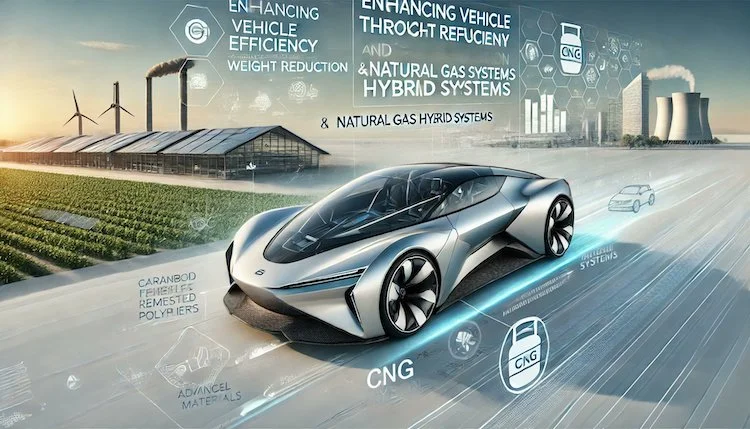
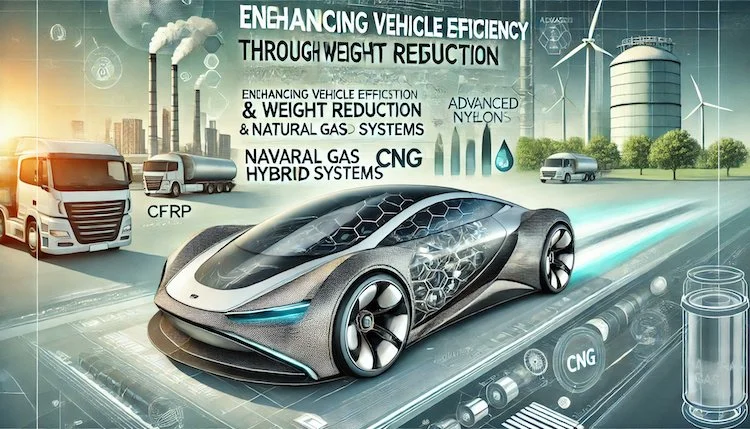
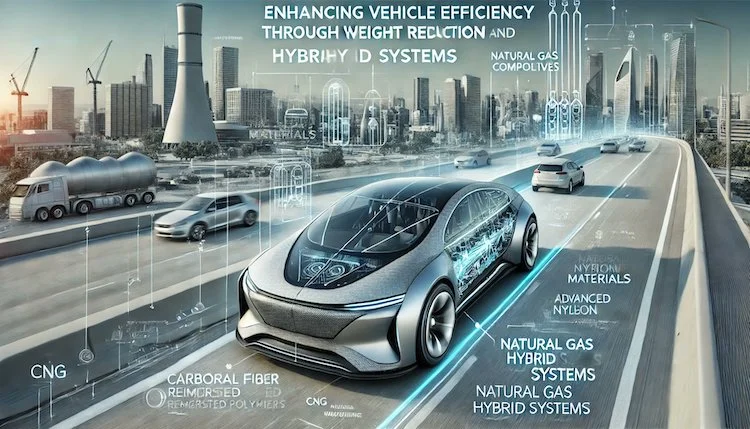
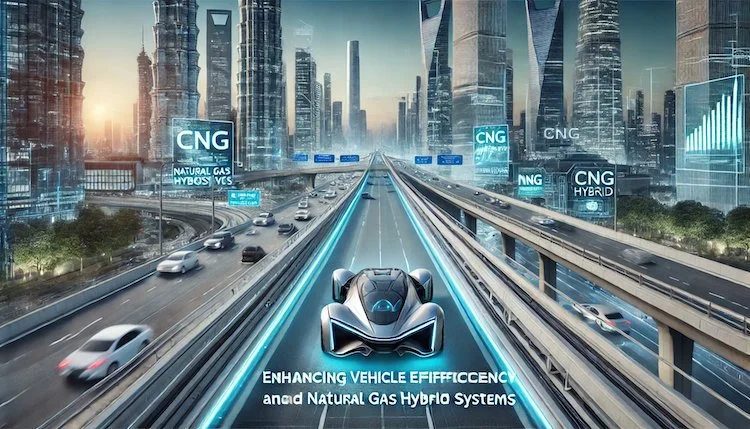
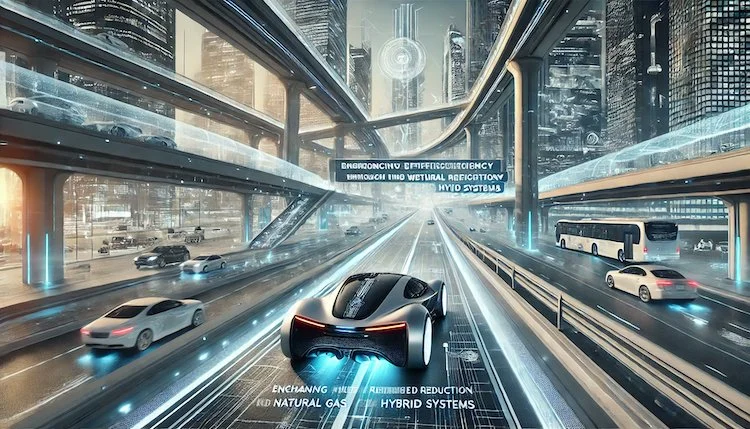
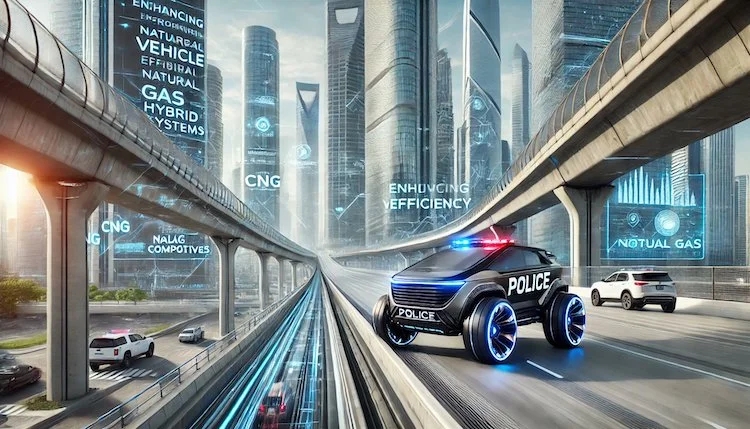


To see our Donate Page, click https://skillsgaptrainer.com/donate
To see our YouTube Channel, click https://www.youtube.com/@skillsgaptrainer